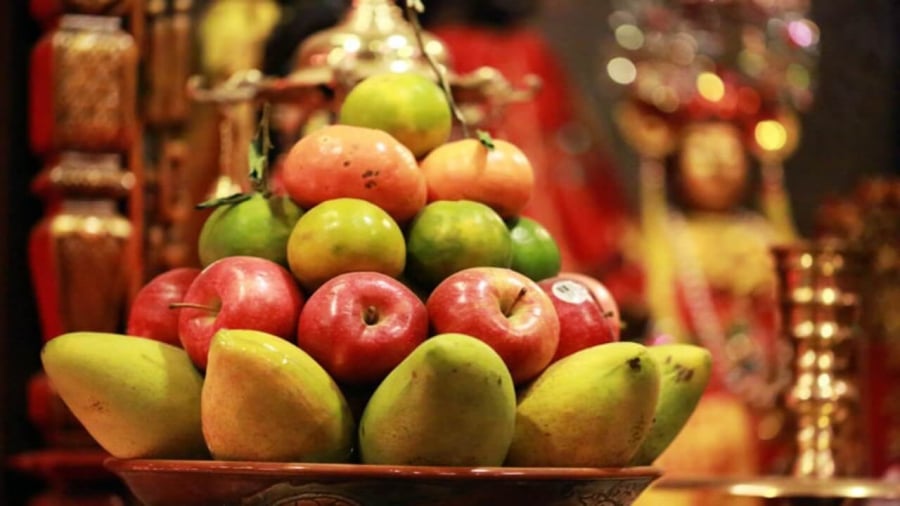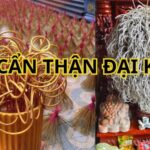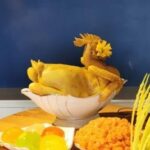In Vietnamese culture, there are specific rules regarding the number of offerings, especially fruits, presented during worship. One notable tradition is the preference for odd numbers of fruits when making offerings at the altar. Vietnamese people often offer 1, 3, 5, 7, or 9 fruits when burning incense. Why is this custom practiced, and is there any significance to burning even-numbered incense sticks?

Why Do Vietnamese Prefer Burning Odd-Numbered Incense Sticks? What About Even Numbers?
1. The Significance of Odd Numbers in Worship
In Eastern cultural beliefs, odd numbers (1, 3, 5, 7, 9) are often seen as symbols of growth, development, and good fortune. These numbers are associated with “yang” energy, representing life force, growth, and the flow of chi (energy). Therefore, when burning incense or making offerings in odd numbers, people wish to invoke blessings of smooth sailing, abundant health, family harmony, and career success.
Additionally, odd numbers are considered incomplete and symbolize continuity and longevity. In worship rituals, making offerings in odd numbers signifies that descendants will continue to offer incense and prayers to maintain reverence and connection with their ancestors and deities. This act demonstrates respect and gratitude toward the guardian spirits of the family.
2. Why Is Even Number Considered Inauspicious?
In contrast, even numbers (2, 4, 6, 8) are often associated with “yin” energy, implying conclusion or stagnation, and are not conducive to growth. Consequently, even numbers are generally avoided in worship as they evoke a sense of finality and suggest that no further development is desired. This contradicts the intentions of people when making offerings, as they always wish for prosperity and growth in their lives, families, and careers.
It is also believed that even numbers are typically used in funeral rituals, ancestor worship, or ceremonies related to the deceased. Hence, during other occasions like the full moon, first day of the month, or festive holidays, people refrain from making offerings with even numbers.
3. What About Burning Incense with Even Numbers?
While the significance of even numbers is acknowledged, it is not a mandatory rule. Many families focus more on the sincerity and devotion behind their offerings rather than the strict adherence to odd or even numbers. The most important aspect of worship is not the quantity of offerings but the respect and gratitude shown toward ancestors and deities.
In conclusion, while burning incense with odd or even numbers carries distinct meanings, Vietnamese cultural traditions favor odd numbers as they symbolize growth and good fortune.
This information is for reference only






































